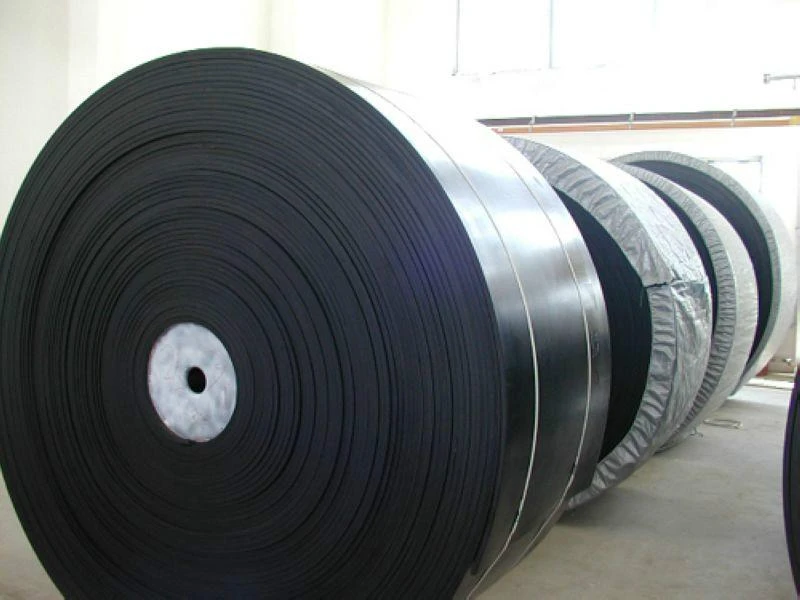 Afrikaans
Afrikaans  Albanian
Albanian  Amharic
Amharic  Arabic
Arabic  Armenian
Armenian  Azerbaijani
Azerbaijani  Basque
Basque  Belarusian
Belarusian  Bengali
Bengali  Bosnian
Bosnian  Bulgarian
Bulgarian  Catalan
Catalan  Cebuano
Cebuano  Corsican
Corsican  Croatian
Croatian  Czech
Czech  Danish
Danish  Dutch
Dutch  English
English  Esperanto
Esperanto  Estonian
Estonian  Finnish
Finnish  French
French  Frisian
Frisian  Galician
Galician  Georgian
Georgian  German
German  Greek
Greek  Gujarati
Gujarati  Haitian Creole
Haitian Creole  hausa
hausa  hawaiian
hawaiian  Hebrew
Hebrew  Hindi
Hindi  Miao
Miao  Hungarian
Hungarian  Icelandic
Icelandic  igbo
igbo  Indonesian
Indonesian  irish
irish  Italian
Italian  Japanese
Japanese  Javanese
Javanese  Kannada
Kannada  kazakh
kazakh  Khmer
Khmer  Rwandese
Rwandese  Korean
Korean  Kurdish
Kurdish  Kyrgyz
Kyrgyz  Lao
Lao  Latin
Latin  Latvian
Latvian  Lithuanian
Lithuanian  Luxembourgish
Luxembourgish  Macedonian
Macedonian  Malgashi
Malgashi  Malay
Malay  Malayalam
Malayalam  Maltese
Maltese  Maori
Maori  Marathi
Marathi  Mongolian
Mongolian  Myanmar
Myanmar  Nepali
Nepali  Norwegian
Norwegian  Norwegian
Norwegian  Occitan
Occitan  Pashto
Pashto  Persian
Persian  Polish
Polish  Portuguese
Portuguese  Punjabi
Punjabi  Romanian
Romanian  Russian
Russian  Samoan
Samoan  Scottish Gaelic
Scottish Gaelic  Serbian
Serbian  Sesotho
Sesotho  Shona
Shona  Sindhi
Sindhi  Sinhala
Sinhala  Slovak
Slovak  Slovenian
Slovenian  Somali
Somali  Spanish
Spanish  Sundanese
Sundanese  Swahili
Swahili  Swedish
Swedish  Tagalog
Tagalog  Tajik
Tajik  Tamil
Tamil  Tatar
Tatar  Telugu
Telugu  Thai
Thai  Turkish
Turkish  Turkmen
Turkmen  Ukrainian
Ukrainian  Urdu
Urdu  Uighur
Uighur  Uzbek
Uzbek  Vietnamese
Vietnamese  Welsh
Welsh  Bantu
Bantu  Yiddish
Yiddish  Yoruba
Yoruba  Zulu
Zulu Conveyor Pulley Design Standards and Performance Specifications for Optimal Efficiency
Understanding Conveyor Pulley Specifications
Conveyor systems are essential components in various industries, serving as the backbone for material handling. Among their many parts, conveyor pulleys play a critical role in ensuring the efficient operation of these systems. Specification details of conveyor pulleys are crucial for selecting the right components to meet operational demands. This article will provide an overview of conveyor pulley specifications, their importance, and how to choose the right pulley for specific applications.
Types of Conveyor Pulleys
Conveyor pulleys come in various types, each designed for specific functions within a conveyor system. The most common types include
1. Drive Pulleys These pulleys are connected to the drive motor and are responsible for imparting motion to the belt. 2. Idler Pulleys Idler pulleys support the belt without transmitting power. They help maintain tension and control the belt’s horizontal and vertical alignment. 3. Tail Pulleys Located at the end of the conveyor, these pulleys help to direct the return belt and provide support as it travels back to the drive pulley. 4. Snub Pulleys These pulleys are used to increase the wrap angle on the drive pulley, enhancing grip and control over the motion of the belt.
Understanding these types helps in determining the appropriate specifications needed for a conveyor system.
Key Specifications
When discussing conveyor pulley specifications, several key factors come into play
1. Diameter The diameter of the pulley affects the belt's arc of contact, impacting the grip and tension. Larger diameters can reduce wear and improve belt tracking, while smaller diameters can offer flexibility in compact spaces.
2. Face Width The face width is critical for determining the load-carrying capacity of the pulley. A wider face allows for greater load distribution and reduces the risk of belt misalignment.
conveyor pulley specification

3. Material Pulleys can be made from various materials, including steel, rubber, and stainless steel. The choice of material influences factors such as durability, corrosion resistance, and weight. For instance, steel pulleys are robust and suitable for heavy-duty applications, while stainless steel is ideal for environments that require hygiene and rust resistance.
4. Construction The design and construction process affects the lifespan and performance of pulleys. Specifications often detail whether the pulley is welded, bolt-on, or a combination of both. Proper construction ensures that the pulley can withstand operational stresses without failure.
5. Groove Design The groove profile can vary based on the type of belt used. Common designs include crowned, flat, and V-grooved profiles. The correct groove design is essential for maintaining proper belt alignment and preventing slippage.
6. Load and Speed Rating Each pulley has specific load and speed ratings, which indicate how much weight and at what speed it can operate safely. Exceeding these ratings can lead to premature wear or catastrophic failure.
Importance of Proper Specification
Choosing the correct conveyor pulley specifications is vital for several reasons
- Efficiency A well-designed and appropriately specified pulley system ensures maximum efficiency and minimal downtime. Incorrect specifications can lead to increased maintenance needs and operational inefficiencies. - Safety Properly specified pulleys reduce the risk of accidents, ensuring that the conveyor system operates smoothly and safely. Failure to adhere to specifications can result in belt misalignment, leading to potential hazards.
- Cost-effectiveness Investing in the right specifications can lead to lower operational costs in the long run. The right pulleys can extend the lifespan of the conveyor system, reducing the frequency of replacements and repairs.
Conclusion
Conveyor pulleys are crucial components of material handling systems, influencing efficiency, safety, and overall operational performance. Understanding the specifications of conveyor pulleys—including diameter, face width, material, construction, groove design, and load ratings—is vital for selecting the right components for specific applications. Properly specified pulleys not only enhance operational efficiency but also ensure safety and longevity, making them a key factor in the successful management of conveyor systems. When selecting conveyor pulleys, it is essential to consult with manufacturers or experts who can provide tailored solutions based on operational requirements, ensuring that the right choices are made for optimal productivity.
-
Revolutionizing Conveyor Reliability with Advanced Rubber Lagging PulleysNewsJul.22,2025
-
Powering Precision and Durability with Expert Manufacturers of Conveyor ComponentsNewsJul.22,2025
-
Optimizing Conveyor Systems with Advanced Conveyor AccessoriesNewsJul.22,2025
-
Maximize Conveyor Efficiency with Quality Conveyor Idler PulleysNewsJul.22,2025
-
Future-Proof Your Conveyor System with High-Performance Polyurethane RollerNewsJul.22,2025
-
Driving Efficiency Forward with Quality Idlers and RollersNewsJul.22,2025





























